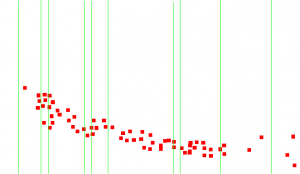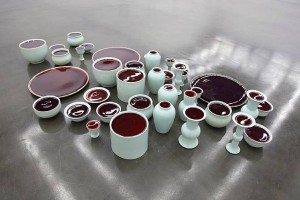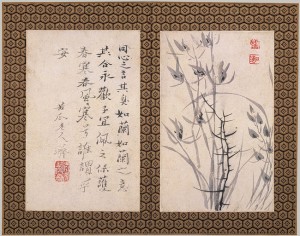When the wild bird cries its melodies from the treetops,
Its voice carries the message of the patriarch.
When the mountain flowers are in bloom,
Their full meaning comes along with their scent.
I have remarked twice before that modern westerners, even very clever ones, fail to understand the nature of synchronicity in Taoist and Zen philosophy when discussing the art of John Cage. If you believe the universe is subject to invisible underlying forces, as Taoist and Zen adherents may do (and as Cage did), then there is no chance, no randomness, no lack of relationships between events, only a personal inability to perceive such relationships. The I Ching is intended as a means to reveal some of these hidden connections.
In a recent essay on Silence in the TLS, Paul Griffiths ends with:
Another of Cage’s favourite maxims, this one taken from Ananda Coomaraswamy and delivered five times in Silence, was that the purpose of art is to “imitate nature in her manner of operation”, which is almost another way of stating his first catchphrase, since natural objects and phenomena have nothing to say. They are not, of course, saying it. We say it for them. And in our doing so, experiencing their voicelessness and taking it into ourselves, a great deal comes to be said. There is no message in the changing pattern of cloud shadow and reflected sunlight on the sea. It may, nevertheless, thrill us, calm us, and fix our sustained attention.”
But, of course, for a Zen adherent there are indeed messages in the changing patterns of clouds and in sunlight reflected on the sea. Even more so are there messages in human artefacts such as musical compositions, even those (perhaps especially those!) using so-called random methods for creation. For Cage, the particular gamuts (clusters of sounds) that he selected for any particular one of his random compositions were selected as the direct result of the spiritual forces acting on him at that particular moment of selection, through his use of the I Ching, for instance. Similarly, under this world-view, the same forces are active in those compositions allowing apparently-random leeway to the performers or listeners.
One can criticize or reject this spiritual world-view, but first one has to understand it. Griffiths, like so many others, has failed to understand it.



